I love social media and enjoy learning with my students how to use it for journalism. But Pinterest seemed, frankly, to be a "girl thing." That's because most things I saw "pinned" on the network had great appeal to women – fashion, jewelry, cats, flowers, celebrities, etc. Clearly I wasn't alone. See "125 Reasons Why Guys Are Scared of Pinterest," "Guys on #Pinterest? Do They Need to Turn In Their 'Man Cards?'" and "A Guy's Guide to Pinterest."
I once thought real men don't eat sushi. That changed when Mira stuffed one in my mouth early in our relationship – another reason I should have known she was trouble, but let's not digress. Mira – whose pinboards are varied and impressive, I must admit – said Pinterest would help me share with others which 53 North American cities I have spent at least two consecutive nights. (She no doubt would prefer the pinboards to my using so much wall space in my home library to display coffee mugs from each city.) We agreed that other possibilities included pinning baseball, basketball and football venues where I have attended pro sporting events. You know, guy things :-)
Seriously, my independent study focusing on becoming a digital educator and digital leader offered another reason to join Pinterest. I look forward to joining my fellow educators in finding ways to use it in our respective classrooms and teaching our students how to use it as journalists – see "How Educators Use Pinterest for Curation."
In any event, figured I would quietly create an account late one night, just to see how it felt. (It didn't hurt, and actually matched my passion for organization and presentation.) It surprised me just how quickly others saw what I had done. One student tweeted that she did a new dance for the occasion. Gee Ekachai, my Diederich College of Communication colleague and renowned social media guru, weighed in via email as only she could: "FINALLY!"
"Your Twitter friend
— Marissa Evans (@marissaaevans) August 21, 2012@herbertlowe just joined Pinterest." *hits cat-daddy*
— Mira Lowe (@miralowe) August 21, 2012
@herbertlowe has repinned one of my pins on@pinterest. Think he is ready to 'own' this!#SocialMedia
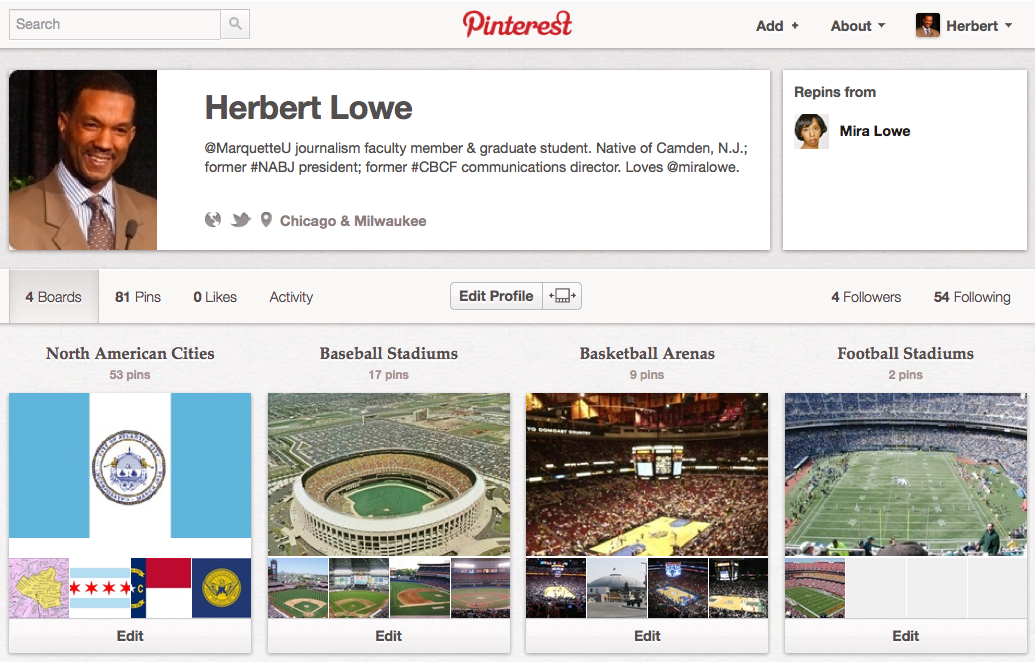
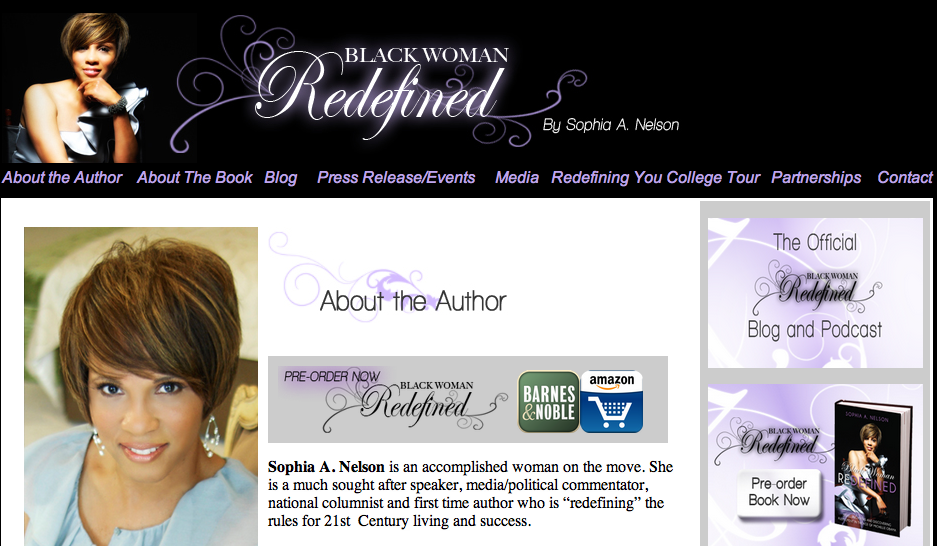
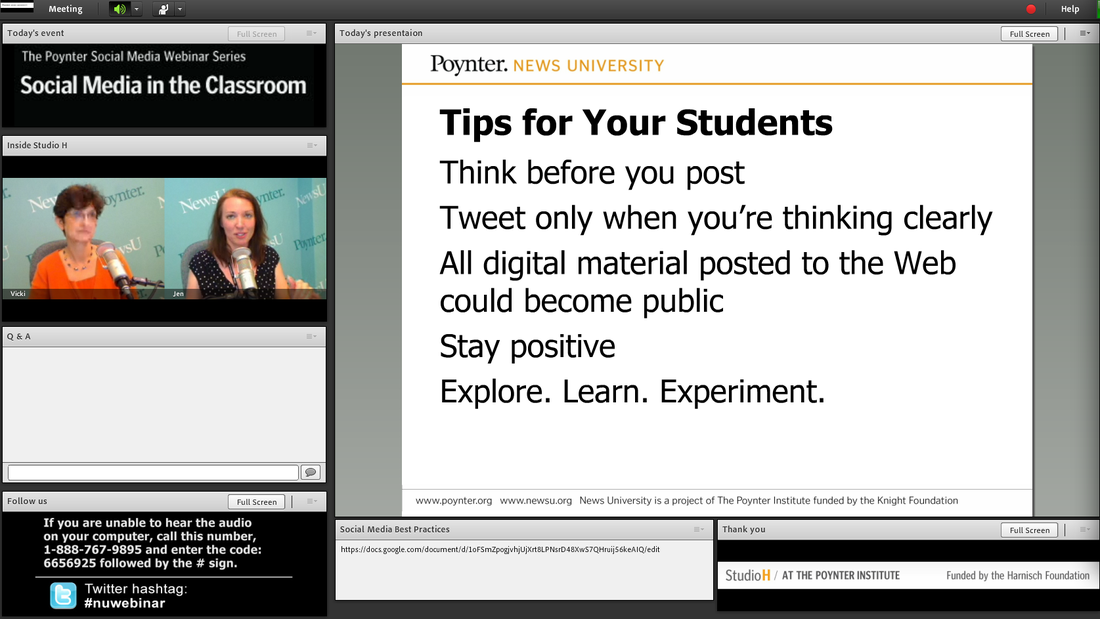
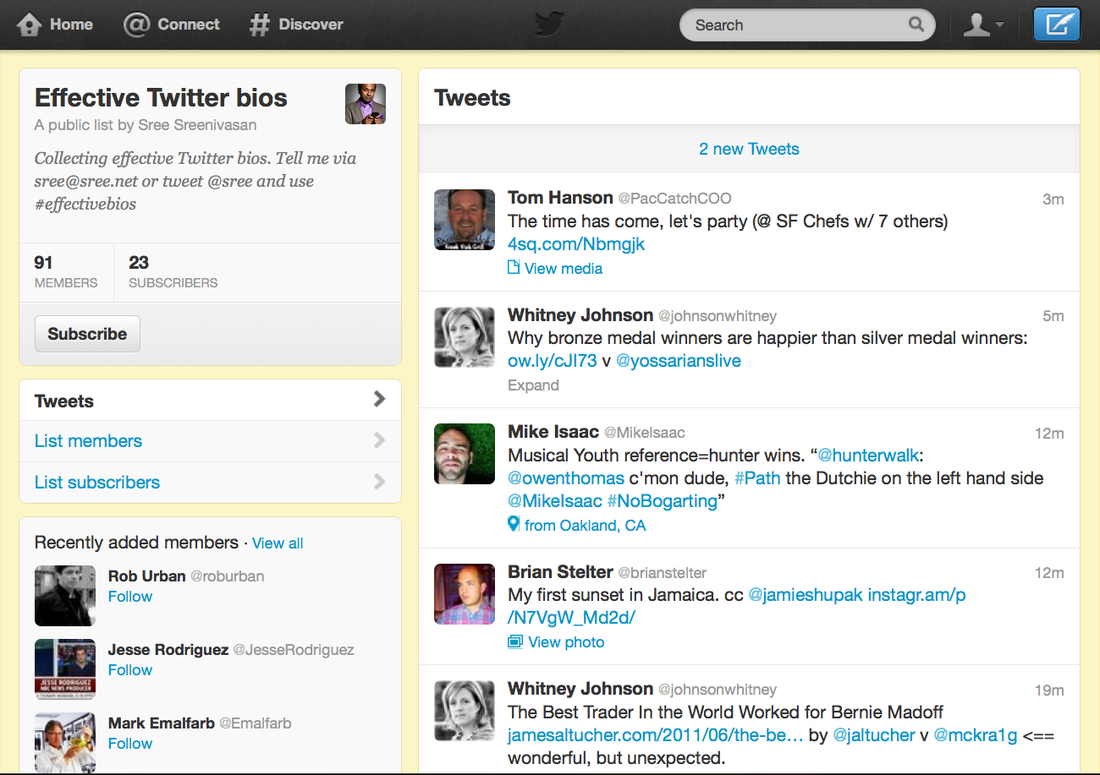
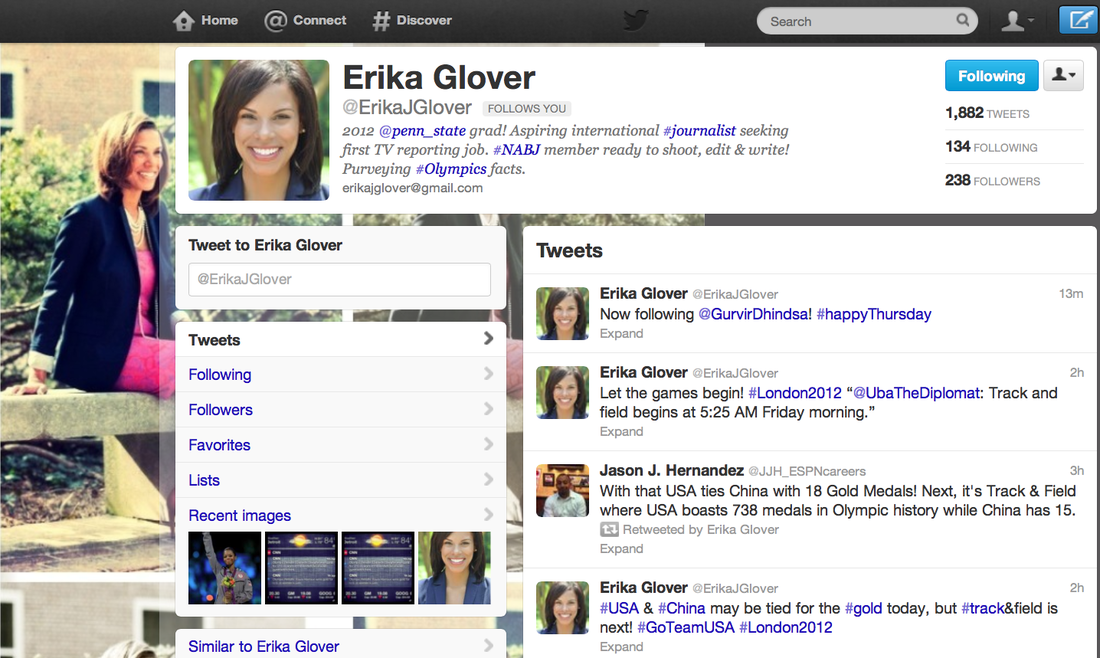
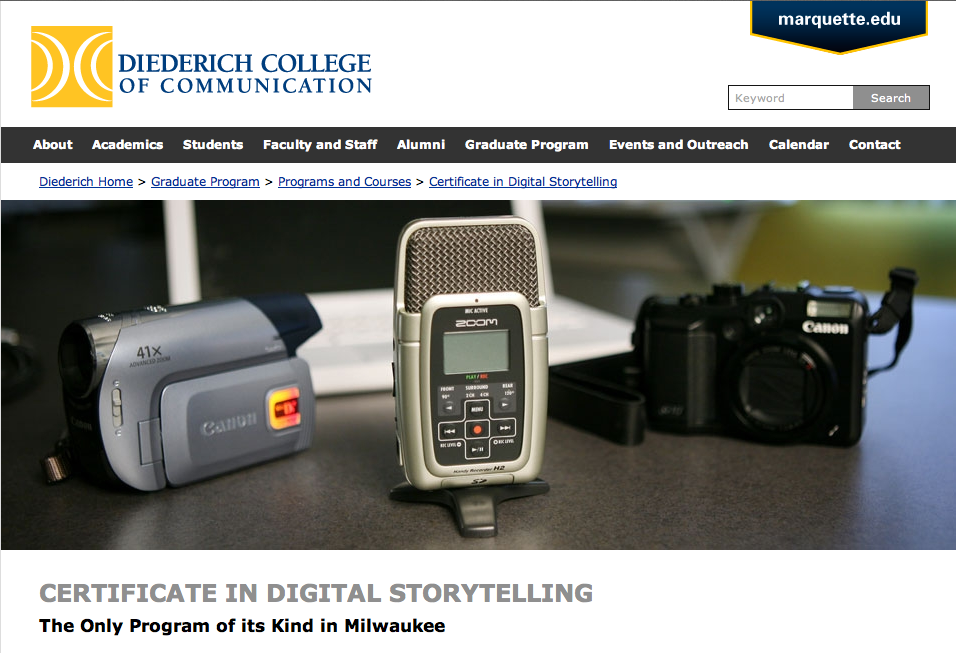
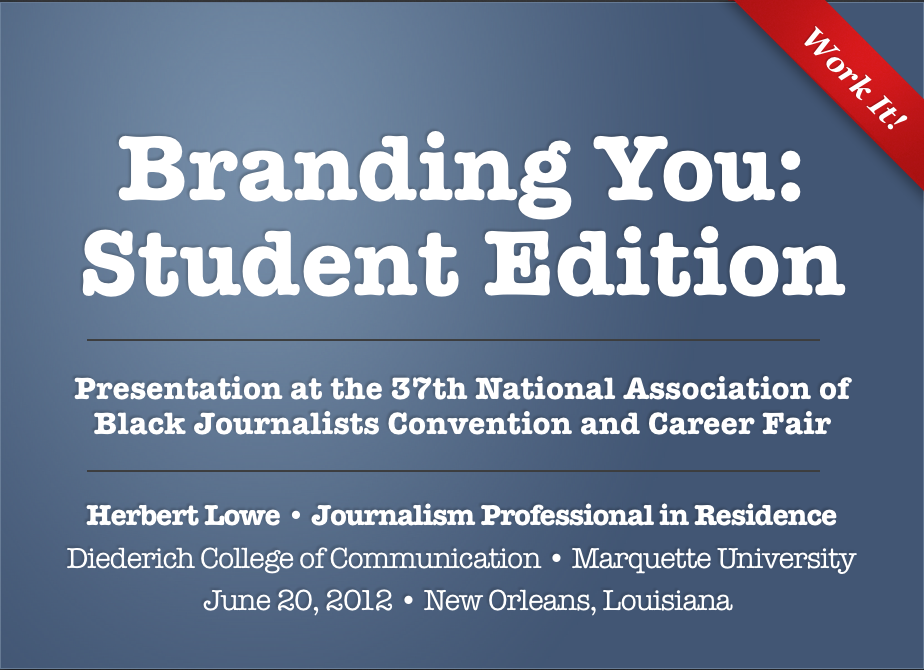
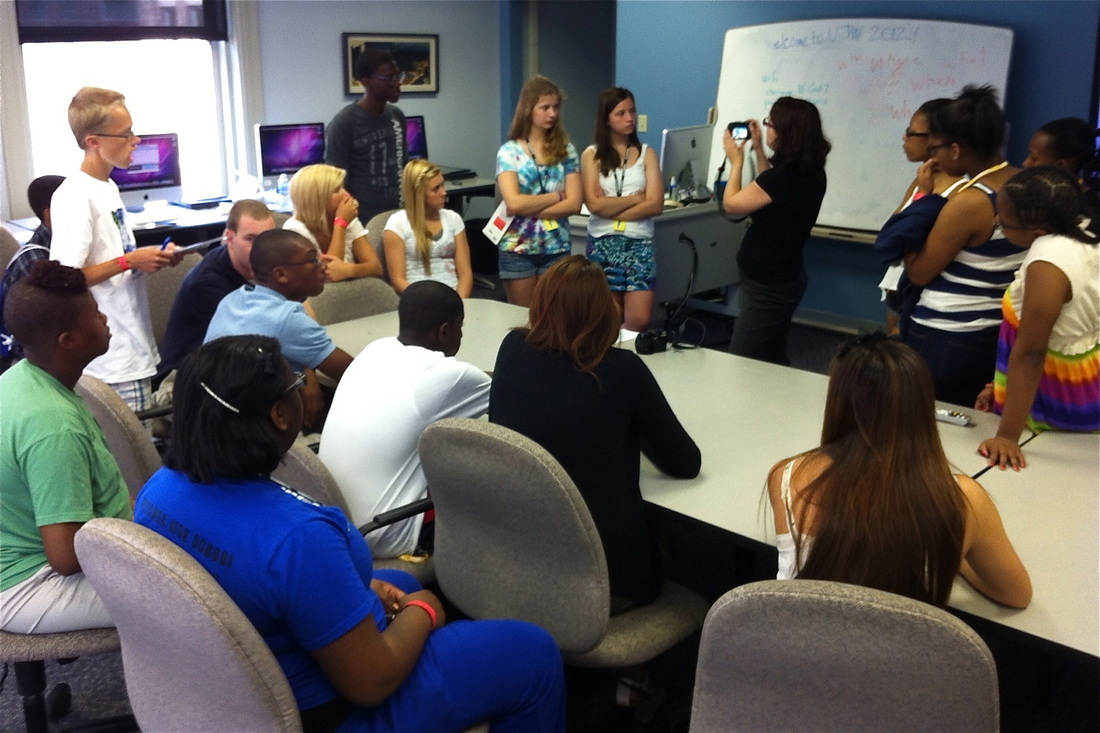
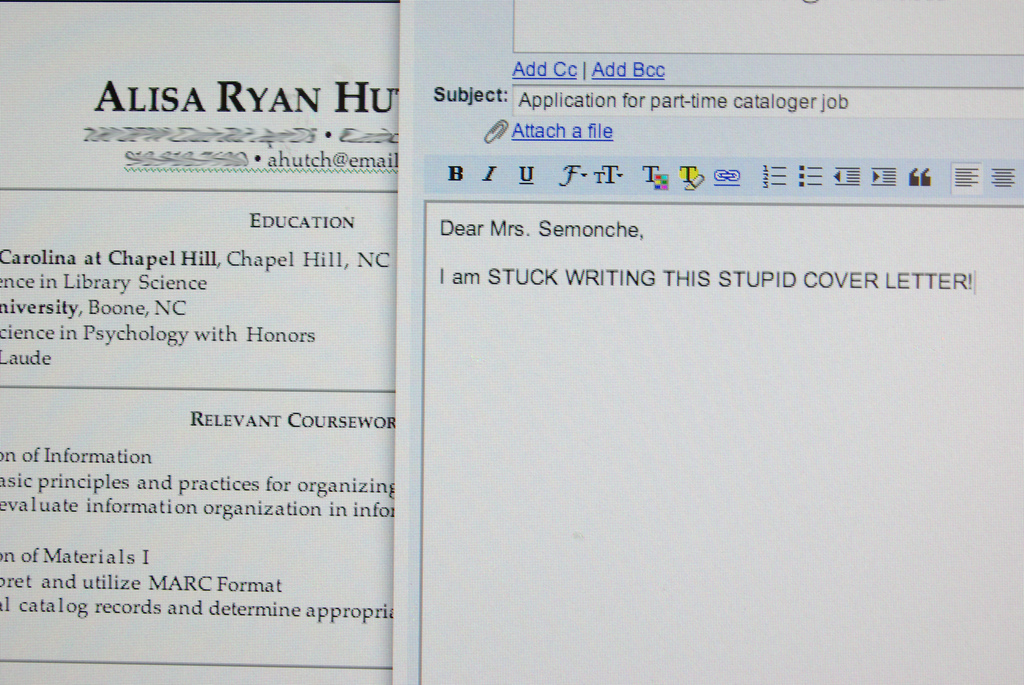
 RSS Feed
RSS Feed
